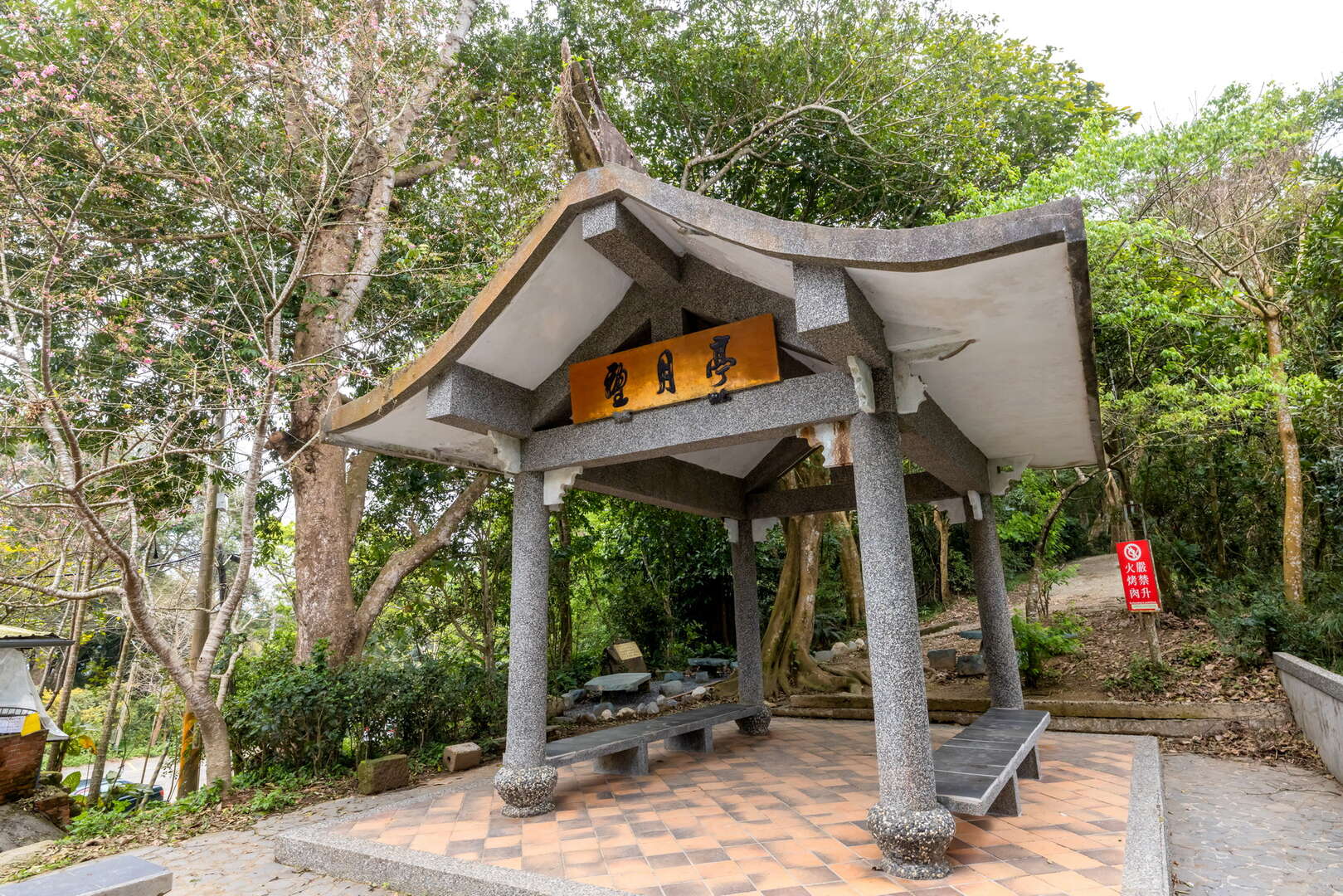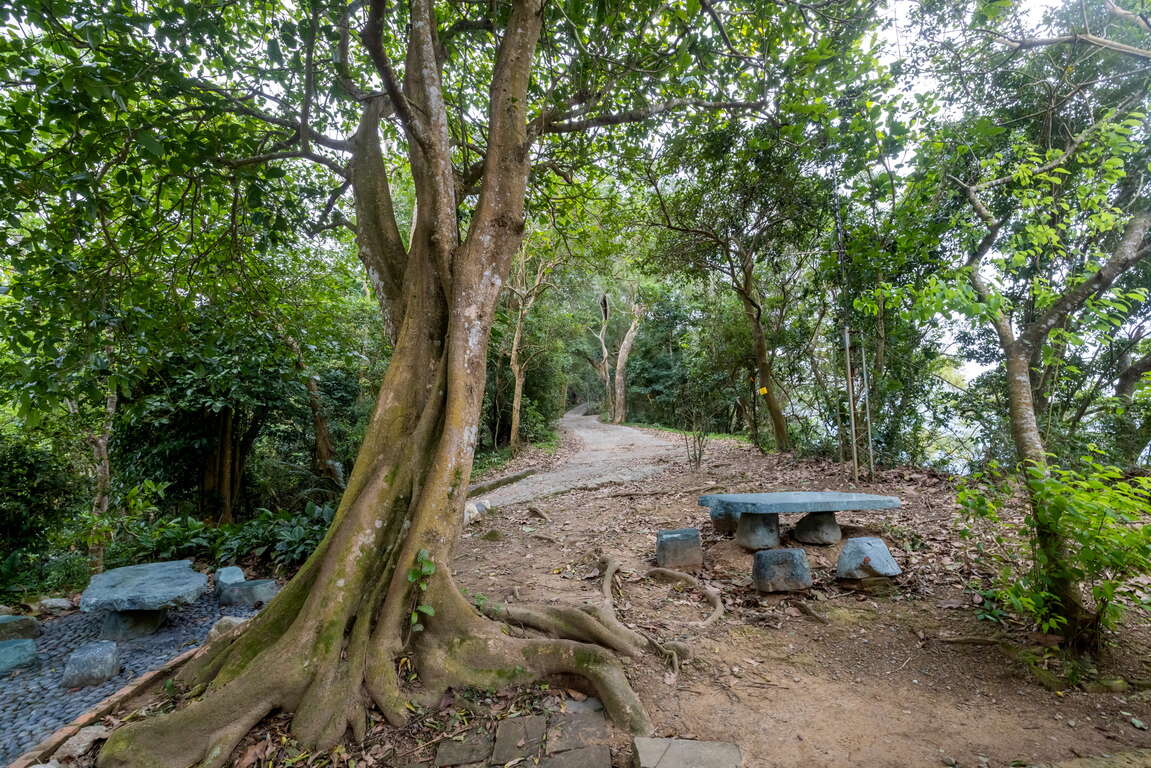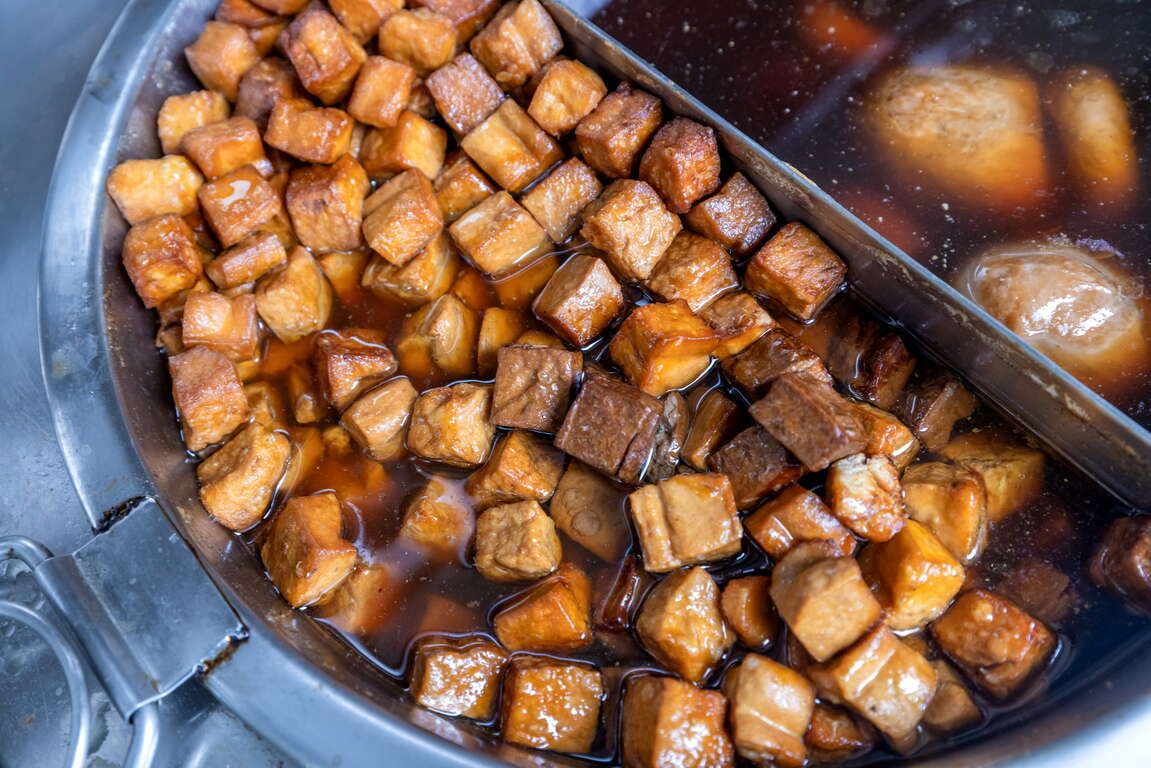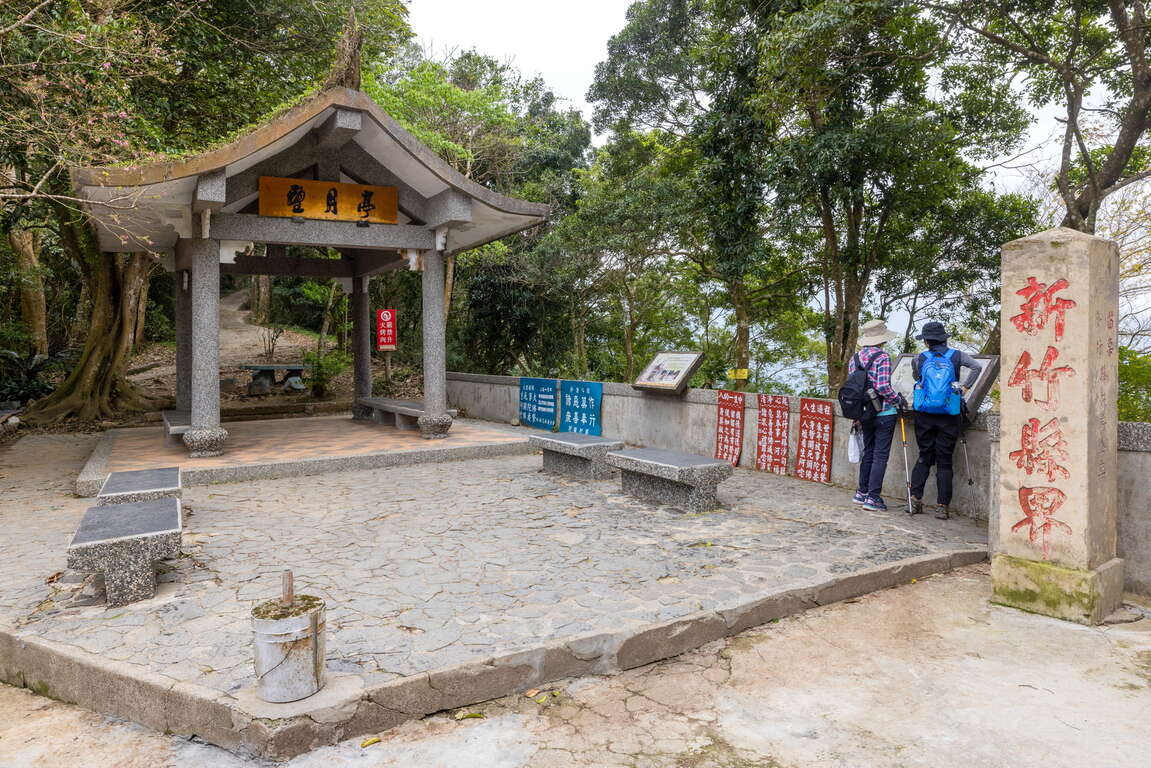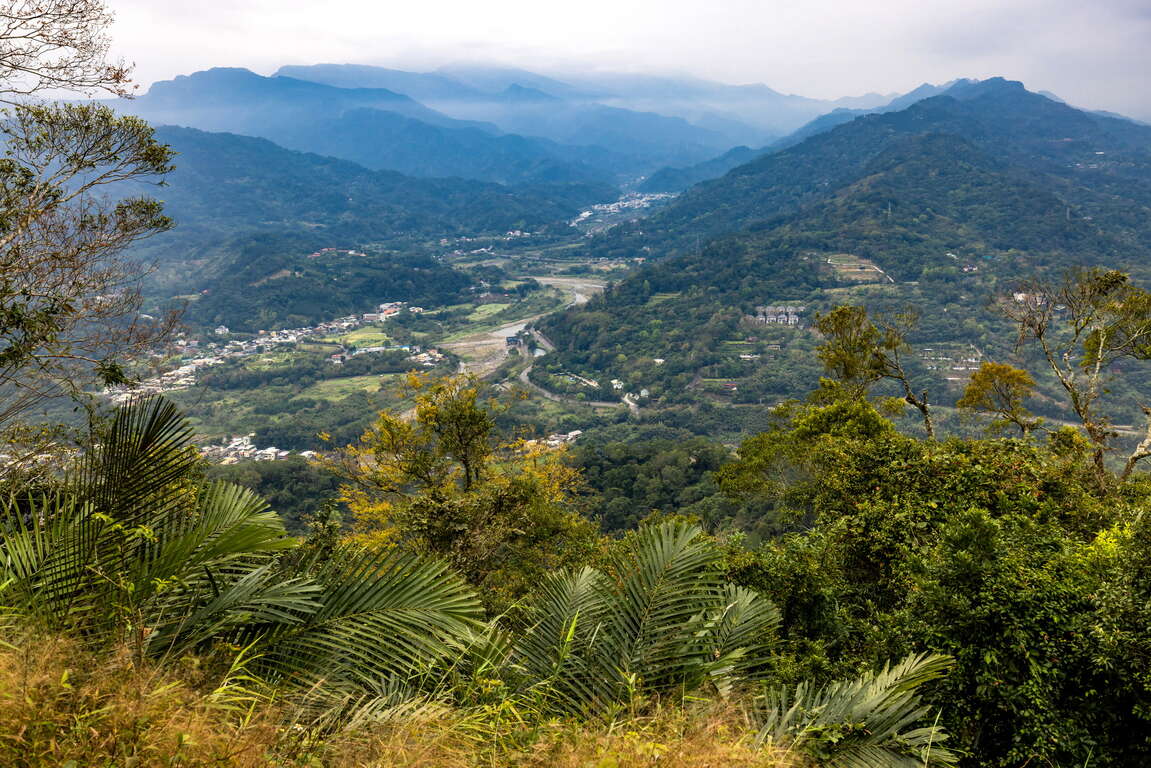Wangyue Pavilion
Today
--°C
--%
Updated:2024-11-13
- Ecological Experiences
Fun activities
- The commanding height of the Lion's Head Historic Trail is where you can eat and drink well before setting off again.
- The boundary stone between Hsinchu County and Miaoli County is here, and from the pavilion, you can overlook Miaoli's scenery.
The Wangyue Pavilion was first built in 1961 and later renovated to its current state. It is also the commanding height of the Lion's Head Historic Trail, where you can overlook the Jhonggang River and Nanzhuang. The Lion's Head Historic Trail has two sections. The front section, made of stone, has a history of 60 years and a sense of antiquity. The back section has changed to an asphalt road, which is excellent and easy to walk on.
The ancient trail relay station where is a place for resting and eating.
Arriving at the Wangyue Pavilion can relieve hunger and fatigue. A snack bar beside the pavilion sells refreshing drinks, dry snacks, and occasionally cooked food such as braised eggs, dried tofu, rice, and noodles. This must be a great comfort for tired climbers. You can buy snacks and enjoy them on the nearby stone table or in the pavilion while enjoying the scenery and resting before setting off again.
It is where the boundary stone between Hsinchu County and Miaoli County.
Wangyue Pavilion was originally the "Gaoyang Pavilion" during the Japanese occupation era. General Huang Chieh inscribed and renamed the current Wangyue Pavilion during the renovation. Beside the pavilion stands the boundary stone between Hsinchu County and Miaoli County. Walk forward from the pavilion side trail for about ten minutes to reach the main peak of Lion's Head Mountain.
The Lion's Head Historic Trail has many shale landscapes, the nearly vertical and grand " Lion's Head Mountain Great Rock Wall," and many temples built on the mountain. There is rich vegetation along the way, including pinstripe ginger, bamboo groves, osmanthus, banyan trees, etc. You can watch cherry blossoms in early spring and tung flowers in full bloom in April and May. In addition, this is also the habitat of birds such as Taiwan blue magpie and the crested serpent eagle.
Information
Open Time
24H
Related Links
How to Get There
